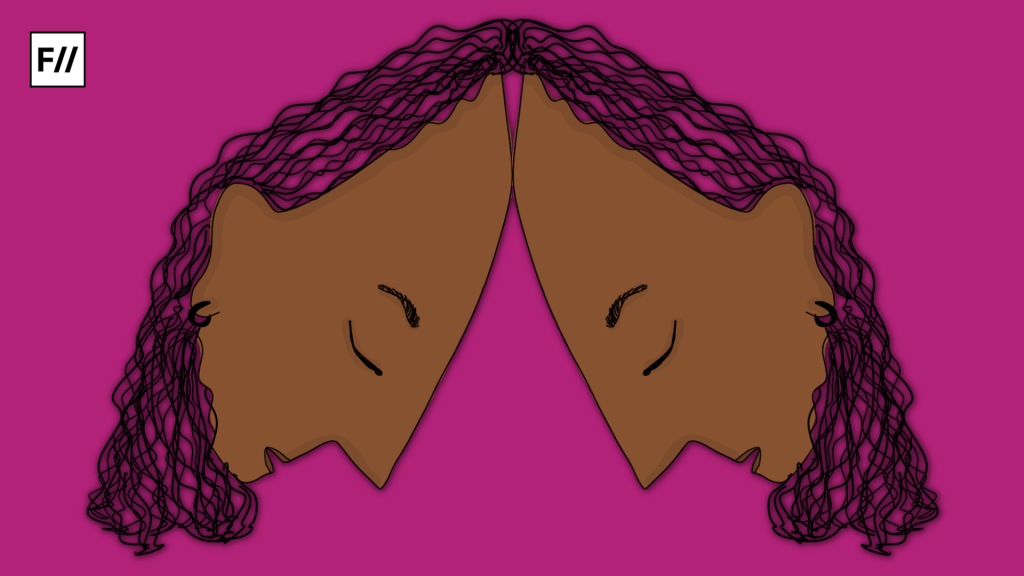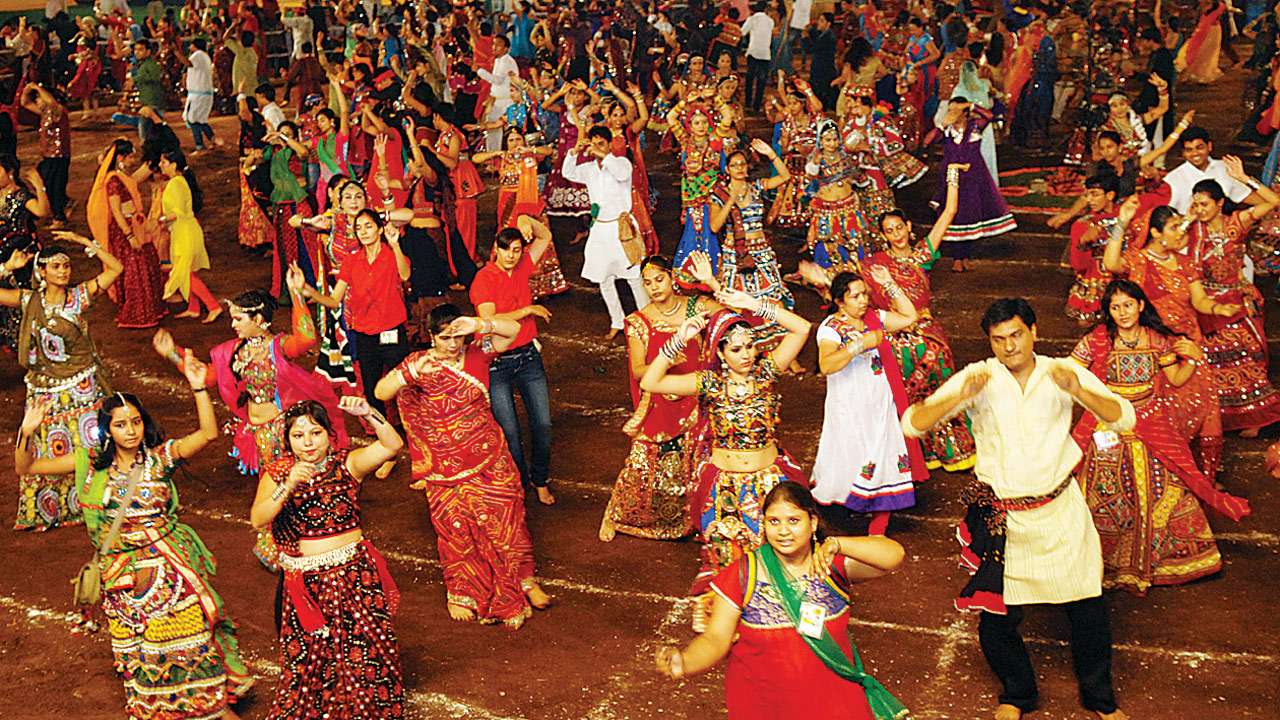India continues to be plagued by the ancient belief in witchcraft and black magic. Tribal and Dalit women are more vulnerable, while justice seems to be feeble and few. What is the modern picture of India’s misogynist legacy of deep-rooted superstitions and cultural beliefs?
On September 14th two elderly women were beaten to death by locals in Birbhum district’s village in Mayureshwar block. The incident took place late at night, by a band of locals after the Morol (headman) of the village had accused the two of practicing black magic and causing sickness amongst the youth of the area. The two elderly women, both belonging to tribal communities and extremely poor, were forced out of their house on the eve of Manasa puja. After being beaten by a mob of villagers their bodies were discarded in a nearby canal. It took days for the bodies to be discovered and retrieved. The police have arrested 15 villagers, including Laxmikanta Soren – the local Morol who instigated this incident. Where is the government in all this? Well, their modus operandi seems to be arranging Scheduled Tribe (ST) certificate distribution camps. Is this an anomaly? Why is there so little conversation about it?
India’s National Crime Records Bureau (NCRB) revealed that between 2000 and 2016, more than 2,500 people, mainly women, were killed across the country over accusations of witchcraft or black magic. Almost all cases were dispensed with minimal legal redress. Also, these numbers reflect the death count but fail to reflect the picture of torture and abuse under the same pretext. The identified areas with a prevalence of such violence were – Assam, Bihar, Chhattisgarh, Gujarat, Haryana, Jharkhand, Madhya Pradesh, Maharashtra, Odisha, Rajasthan, Uttar Pradesh and West Bengal.
From Salem to Chhotanagpur – witch trials in the world
Witch trials have been historical markers of systemic and en-masse gendered violence across the world. Some of the most infamous trials were the Trier Witch Trials in the Holy Roman Empire (present-day Germany), wherein over 368 persons were killed between 1581 and 1593, and the Salem Witch Trials in Massachusetts, USA, wherein 19 people were executed. In almost all such trials women have occupied an overwhelming majority.

In India one of the earliest documented witch trials took place in 1792 – the Santhal Witch Trials. Adivasi myths and legends surrounding witchcraft were deeply gendered, with witch-hunts reflecting patriarchal and social tensions, intensified by colonialism. During 1857-58 resistance against the British, the Chhotanagpur region, home to a largely Adivasi population, saw a sudden rise in witch-hunts, despite the British ban on the practice. The hunts seemed to represent defiance against British laws as well as a local reaction to the broader resistance across north India. Unlike the European and American witch trials, which were tried and recorded by the state, Indian witch hunts were often unofficial mob violence and public trials.
Ethnographic studies indicate that witches are perceived as the greatest threat to the Santhal community, with older women believed to possess evil powers and teach magical practices to younger women. Upon reaching puberty, girls are secretly taught rites and rituals, which are often misinterpreted as witchcraft. In reality, it is a resistance against class divide as well as a traditional practice.
Male witch-finders, or ojhas, identify and persecute women as witches, often based on community accusations. Santhali women live under constant threat, facing severe violence, especially during epidemics, where they are tortured, frequently leading to death. Besides such violence, witch hunts were tools of systemic oppression wielded by the upper caste. In the paper Witch Hunting: A Form of Violence against Dalit Women in India by Tanvi Yadav, it was observed that in “British India, when authorities confiscated upper caste people’s lands, they attributed the blame to witchcraft by Dalit women for their loss and started the Devi movement (witch-hunting exercise) against them.”
Modern India and the evil that continues to rule
But these seem to be the worry of the past. Unfortunately, that is not true. Women, especially widowed and single women, continue to be at the receiving end of witch-hunting violence. Rajasthan passed a law against branding women as witches, and witch-hunting in 2015. This had some deterring effect on the number of cases of Dayan-Pratha (witch-hunting traditions) in the state.

In 2017 August 3, a Dalit woman was branded a witch, beaten up, stripped, and made to eat feces in Ajmer. In 2021, Rukmi Bai, aged 50, filed a First Information Report (FIR) with the police against neighbors who would call her a Dayan as two of their cows had died after Rukmi Bai visited their home. Rukmi Bai was forced to leave her house. As of 2023, the case is still pending in court, while Rukmi Bai lives with her brother and his family, and works as a domestic help. Implementation is slow when belief systems are integral to the social structures.
Even today in suburban and urban spaces practices of exorcism continue to prevail under hidden folds of civilised and educated society. Superstitions begin with “buri nazar” and end with extreme exorcism. It is systemically perpetrated to such a degree that religious institutions are celebrated and visited for their exorcism services – hair pulling, beating, and other torture. Women have been traditionally more in need of such treatment.
Six Indian states have specific anti-witch-hunting laws, while Maharashtra and Karnataka cover it under broader superstition legislation. In 1984, the People’s Union for Civil Liberties (PUCL) urged Chief Minister Jyoti Basu to ban witch-hunting and arrest those involved. Attacks on Santhals leading the anti-witch-hunting movement show the serious backlash they face for challenging tribal customs. Assam’s Birubala Rabha’s fight against witchhunting began after her son was victimised and died, leading her to save over 50 people in Assam. Despite being tagged as a witch herself, she spearheaded initiatives like ‘1000 Women‘ and ‘Mission Rabha,’ and played a crucial role in the passage of the Prevention of and Protection from Witch Hunting Act in 2015.
Central legislation, like the 2016 Prevention of Witch-Hunting Bill, is still pending. Conviction rates are just 2 per cent, with many cases dismissed due to poor investigation or lack of documentation. Additionally, the law is criticised for being weak, with fines ranging from Rs 1,000 to Rs 2,000 and prison sentences between three months to a year. Survivors of witch hunts are left without any support for rehabilitation. If we study the British ban on witch hunts in India, we will understand that bans and legislation cannot stop such practices – instead pushes them underground. The movement and resistance have to come from a social level.
Recent cases – need for urgent action
There is a need to study the recent cases that have been reported and investigate the larger issue of this conservative belief system that continues to prevail despite legislation and campaigns. In April 2023, eight people were arrested on the charges of kidnapping and killing a 45-year-old Tribal woman suspecting her to be a “witch” in Tripura’s Khowai district. In May of the same year, two people, including a woman, were attacked and burnt alive by people on suspicion of witchcraft in Maharashtra’s Gadchiroli district. At least 15 people were arrested in connection with the incident.

In October a 62-year-old woman was killed in Madhya Pradesh, by a man who believed that the bad spell cast by the woman led to the death of his wife and newborn child. In November 2023, a middle-aged woman named Marshila Murmu was allegedly murdered over witchcraft accusations, leading locals to apprehend Lakhan Tudu, in Assam. In December 2023, a 30-year-old woman was attacked with sharp weapons and burnt to death for allegedly practicing witchcraft in Assam’s Sonitpur district.
At the beginning of this year, a woman was killed over the suspicion of witchcraft in the Udalguri district of Assam. A few months later, in July six people were arrested in Odisha after three tribal villagers, including two women, were killed over witchcraft allegations. The same month, a man was arrested for killing a woman, who was ‘infamous,’ in the village as ‘daakan/daayan.’ The accused was on suspicion that the victim, through black magic, killed his wife around two months ago. Around the same time, a 72-year-old woman was axed to death in Odisha by her 35-year-old neighbor, who was suspicious about her practicing black magic. This September, around the same time the reported case in Birbhum, two separate murders were reported under the pretext of black magic and witchcraft. On September 12, four members of a family, including an infant boy, were allegedly killed on the suspicion that a member of their family practiced black magic in a village in Chhattisgarh’s Balodabazar-Bhatapara district. On September 14, two couples and a woman were allegedly beaten to death on suspicion of practicing witchcraft in a village in Chhattisgarh’s tribal-dominated Sukma district.
While we carry placards reading “We are the granddaughters of the witches you weren’t able to burn,” tribal and Dalit women continue to be abused and killed under the assumption of being witches. The violence linked to witch-hunting in India reveals just how entrenched cultural beliefs and systemic oppression are, especially for marginalised women. Even with laws and activism in place, brutal incidents keep happening, showing that legal measures alone aren’t enough as communities often play a central role in these cases.
Having said that, legal frameworks are essential to empower women and help them advocate for themselves and the cause. There is a lacuna in social efforts to tackle the superstitions and patriarchal attitudes fueling this violence. As Birubala Rabha showed the way, the movement has to come from within the communities themselves and the system needs to ensure that they are empowered and supported enough to confront and challenge these practices.
About the author(s)
She/they is an editor and illustrator from the suburbs of Bengal. A student of literature and cinema, Sohini primarily looks at the world through the political lens of gender. They uprooted herself from their hometown to work for a livelihood, but has always returned to her roots for their most honest and intimate expressions. She finds it difficult to locate themself in the heteronormative matrix and self-admittedly continues to hang in limbo




